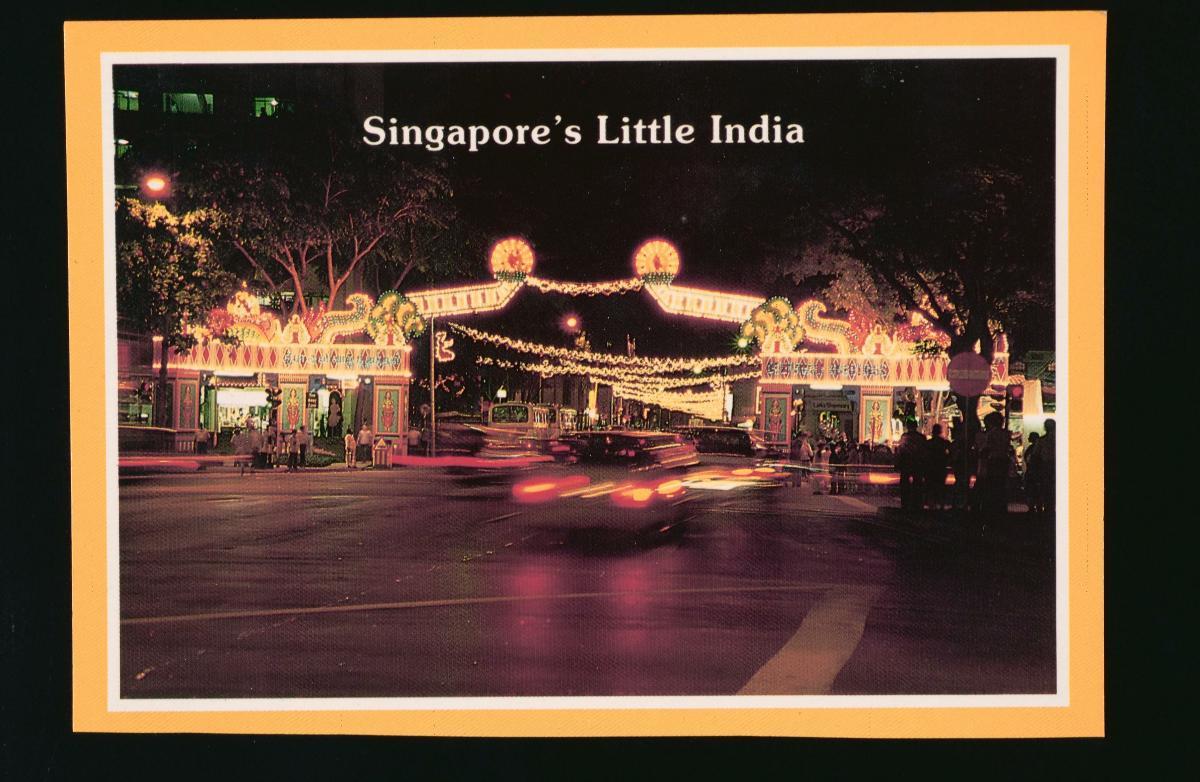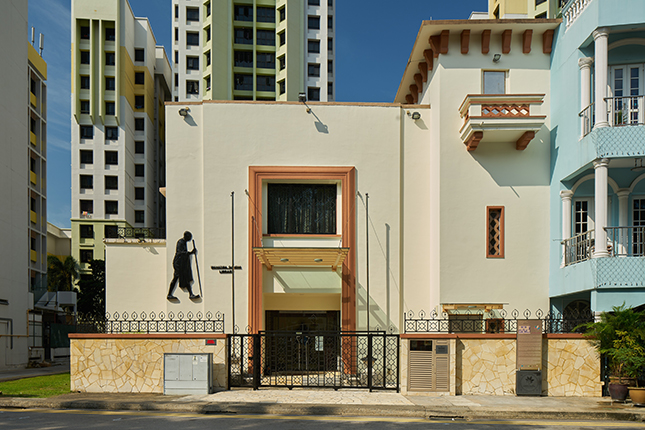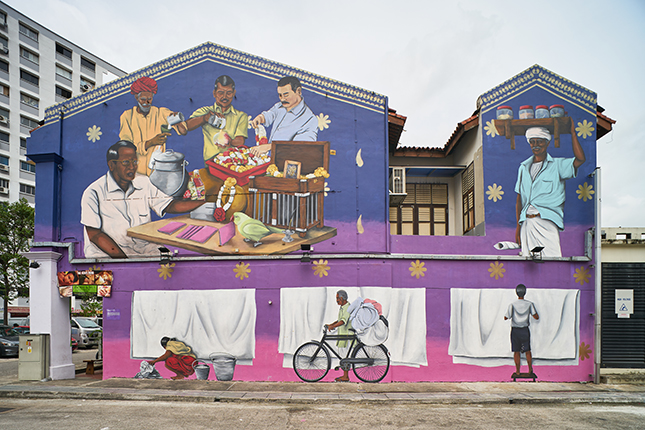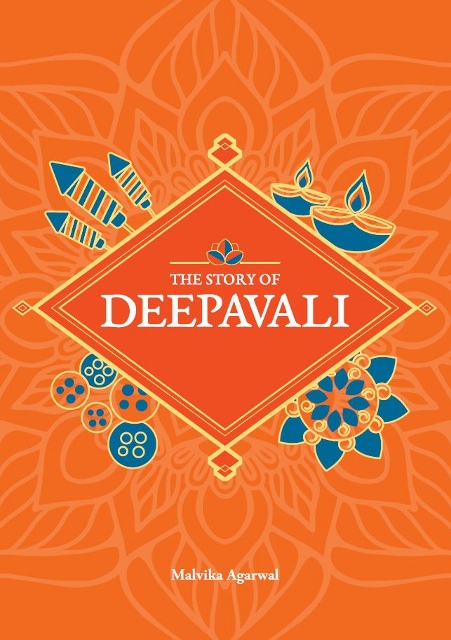Deepavali
Deepavali, or Diwali, is a festival that falls between October and November of the Gregorian calendar, and in the Tamil month of Aipasi. The word Deepavali itself translates to “a row of lights” and is conjugation of dipa meaning “lamp” or “light,” and avail meaning “row”, referencing the tradition of lighting lamps in the evening of the festival. It is hence known as the “Festival of Lights”. While there are numerous variations in the celebration of Deepavali, and various mythological traditions associated with it, the festival is largely seen to symbolise the triumph of good over evil, light over darkness, and knowledge over ignorance.
Geographic Location
Deepavali is celebrated in the Indian subcontinent, and also in countries with an Indian diaspora like Singapore, Malaysia and Mauritius.
In Singapore, the celebrations take place in households. The Little India precinct at Serangoon Road, where many of the Indian shops are clustered, will usually be lit up in the festive period leading up to Deepavali.
Communities Involved
Deepavali is celebrated by Hindus, and also Indians of other religions such as the Sikhs and the Jains. The significance of certain rituals or practices varies amongst the different religious communities.
Associated Social and Cultural Practices
Preparations for Deepavali start weeks in advance with cleaning and decorating of the house, buying of new clothes and preparing of sweet and savoury snacks. In the run-up to Deepavali, many Indians may visit goldsmiths to purchase jewellery and shop for new clothes. Little India, the heart of Singapore’s Indian community, is the focal point for festive shopping. Deepavali bazaars selling various ethnic wear, festive decorations and snacks are held along Little India. The Little India light-up along Serangoon Road is also an annual event that adds to the festive celebrations.
During Deepavali, the doorways of homes are decorated with diyas (small clay oil lamps) and rangoli (also known as kolam) - intricate patterns made from coloured rice powder or rice grains. Lighted diyas are placed at doorways to draw auspicious energies into the home. The lighting of oil lamps also signifies the triumph of good over evil.
On the morning of Deepavali, it is customary for Hindus to wake up early to take oil baths. The oldest member of the family places three drops of oil on the foreheads of the other family members, after which they proceed to take their baths. Thanksgiving prayers and pujas (prayer rituals) performed before the family shrine are also part of the morning ritual. During this time, younger family members may prostrate before their elders to receive their blessings. Younger family members may also be given small gifts by their elders.
New clothes are worn during Deepavali, representing a new start and a hope that the individual will become a better person. The men usually wear traditional Indian attire such as the dhoti(a piece of cloth knotted around the waist and extending to cover the legs) and angavastram (a piece of long cloth draped across one shoulder, paired with the dhoti). Women usually wear the sari (a long piece of fabric draped around the body) and choli (blouse).
Food is also an important part of Deepavali, and South Indians like to start their meals on Deepavali with something sweet to signify a good beginning. Popular food served during Deepavali include mithai (traditional Indian sweets), adhirasam (a doughnut-like snack made with rice flour and jaggery, deep-fried in oil), murukku (a savoury, crunchy snack) and vadaj (a savoury fritter).
Present Status
Deepavali is one of the major Hindu festivals celebrated in Singapore. Declared as an annual public holiday in Singapore since 1929, it is likely to continue being celebrated. Although Deepavali is a Hindu festival, non-Hindus are also able to enjoy public festivities such as the Little India light-up.
References
Reference No.: ICH-023
Date of Inclusion: 7 April 2018; Updated March 2019
References
Achary, Gokelam Ponniah. “In Pictures: Deepavali over the years”, The Straits Times, 4 October 2017.
Heng, Melissa. “Little India to celebrate 30th year of Deepavali light up”, The Straits Times. 12 September 2018.
Somaiah, Bittiandra Chand. “Hinduisms and post-independent Singapore”, in Jason Lim and Terence Lee (eds.), Singapore: Negotiating state and society, 1965 – 2015. London: Routledge, 2016.
Sinha, Vineeta. A New God in the Diaspora?: Muneeswaran worship in contemporary Singapore. Singapore: Singapore University Press, 2005.
Sharp, Ilsa. “There’s more to the festival than meets the eye”. The Straits Times, 30 October 1978.




.ashx)












